Dunhuang Art Series-Silk Scarf

Zenithara
Subvert traditional clothing
Create a beautiful myth

Zenithara-Dunhuang caisson silk scarf
Lacquer beads condense the years, silk scarves show Dunhuang, and sandalwood contains Zen
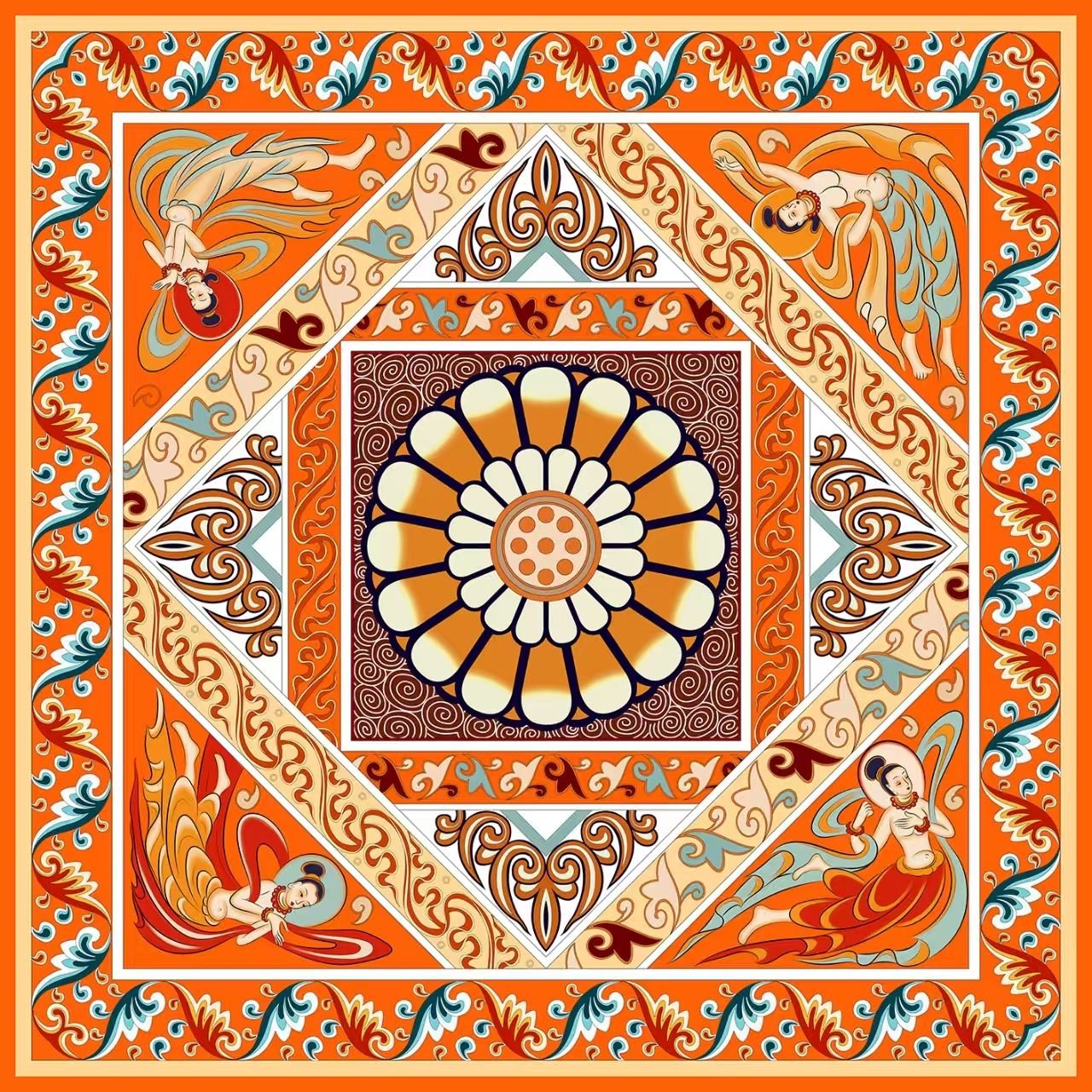
Featured Products
Dunhuang silk scarvescultural heritage as well as a fashion communication
Dunhuang caisson is an important part of Dunhuang art, containing profound Buddhist cultural connotations, ancient painting techniques and unique aesthetic concepts. The “Jixing Tianyi” brand applies it to scarves, which is a kind of inheritance of Dunhuang culture, allowing this ancient art form to continue in modern fashion products and prevent it from being forgotten in the rapid development of modern society. As a common fashion accessory, scarves have a wide range of consumer groups. By incorporating Dunhuang caisson patterns into scarf designs, the “Jixing Tianyi” brand can spread Dunhuang culture to a wider range of people, including those who may not have the opportunity to learn more about Dunhuang culture. This helps to enhance the popularity and influence of Dunhuang culture at home and abroad.
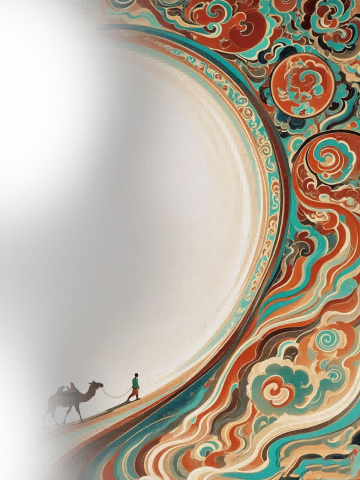
The Art of Wool-Mulberry-Silk Blends
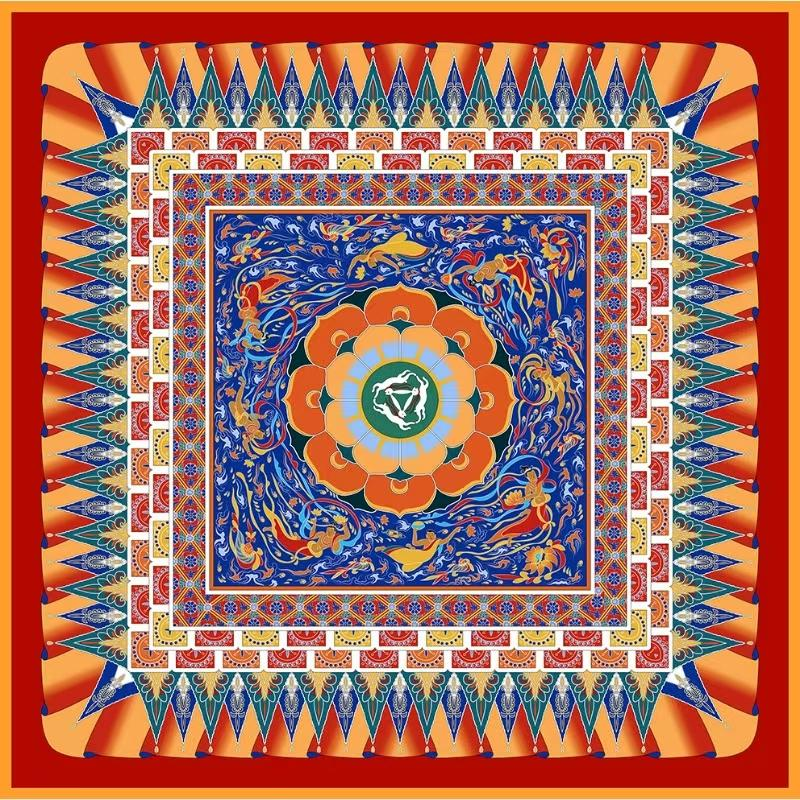
The Sui Dynasty Three Flying Rabbits Caisson in Cave 407 of Mogao Grottoes in Dunhuang
I. Structural Analysis
1. Central body:
Green circular base (symbolizing Mount Xumi, the center of the Buddhist universe)
Three rabbits with ears in the core area (three rabbits interlocking to form a dynamic closed loop)
2. Outward extension structure:
Orange-yellow lotus petal layer (8-petal simplified lotus world)
Blue ribbon flying ring (12 flying bodies in a circular motion trajectory)
3. Outer decoration:
Blue geometric pattern layer (composite structure of linked beads + diamond pattern)
Orange-bottomed black-tipped decorative belt (flame pattern variant guardian symbol)
II. Artistic Features
1. Color system:
Main colors: lapis lazuli blue, local mineral orange/green
Contrast technique: cold base and warm main body form a strong visual
impact
2. Dynamic expression:
Three rabbits with ears together form the “∞” symbol (symbolizing eternal reincarnation)
Flying ribbons present an S-shaped curve (reflecting the linear aesthetics of Central Plains painting)
3. Composition innovation:
Four concentric circle nested structure (breaking the three-layer tradition of the Western Wei Dynasty)
1:0.618 golden ratio division (center circle and outer layer decoration)
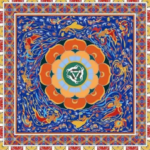
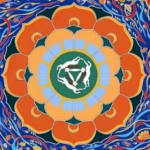
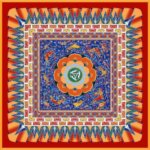
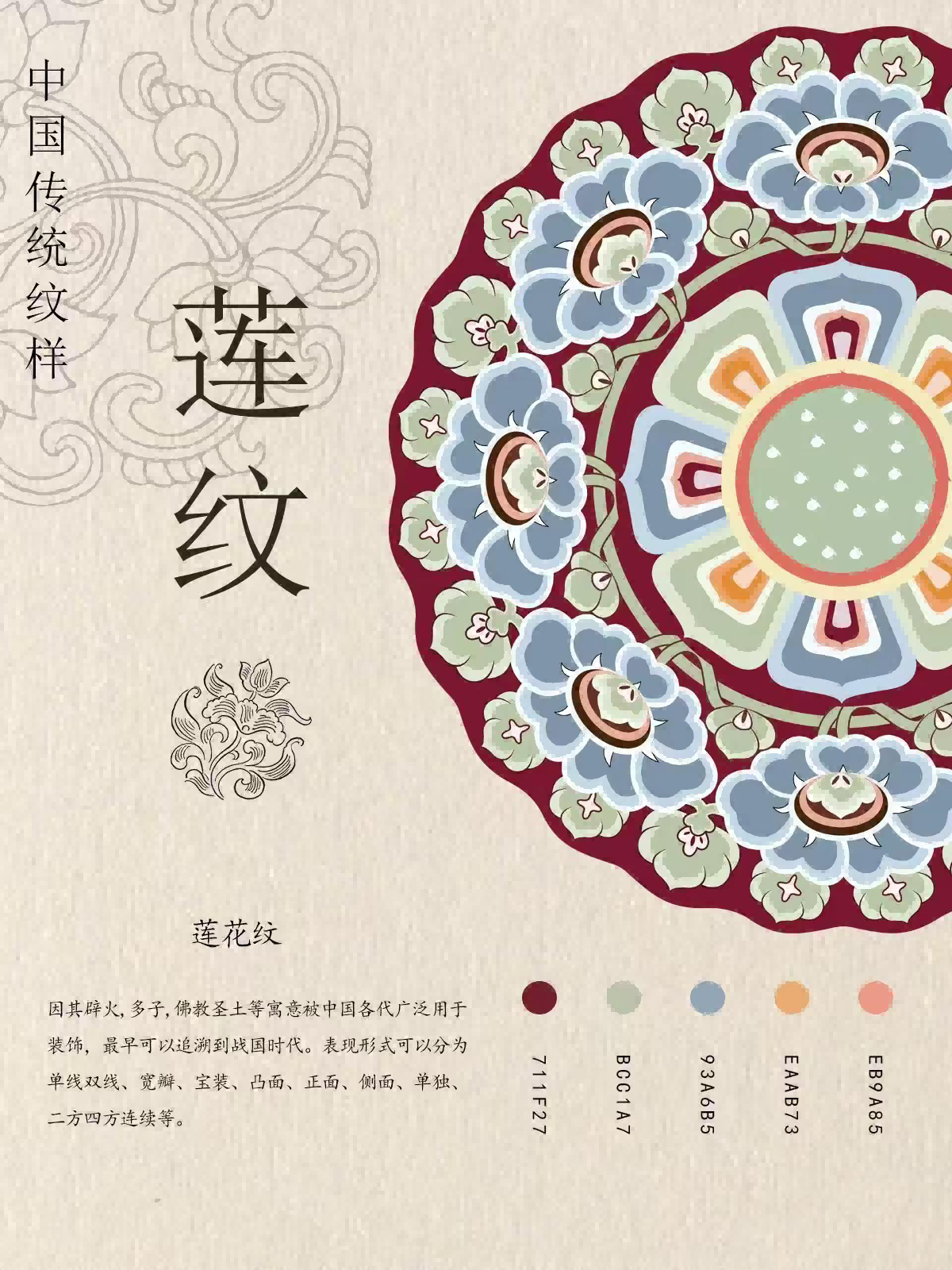
III. Cultural connotation
1. Religious symbol:
Lotus → Pure and untainted (the first of the eight treasures of Buddhism)
Flying Apsaras → Offering to Bodhisattva (fusion of Western style and Central Plains style)
2. Technical characteristics:
Pingqi technique (flat spreading composition)
Overlay dyeing method (layered painting with mineral pigments)
IV. Historical Value
1. Dating characteristics:
Inheriting the Northern Zhou caisson shape, it opened the precedent of Tang Dynasty complexity
It is mutually verified with the record of “Three rabbits used in Sui Dynasty caisson” in Dunhuang manuscript P.3915
2. Technological innovation:
Using “concave and convex shading method” to enhance the three-dimensional sense of flying apsaras
Using mineral pigments to overlay and produce color gradient effect
3. Current status:
The current cave number is confirmed as Mogao Grottoes Cave 407
The image is currently stored in the digital archives of Dunhuang Research Institute (number DHA0407-03)




